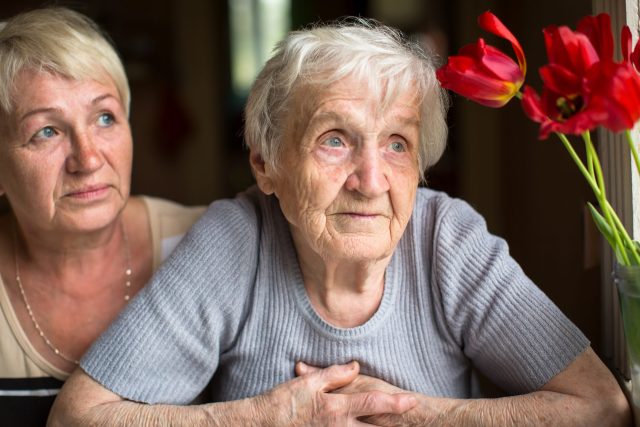Trauma in children can take many forms. As much as we try to shield our young ones from traumatic experiences, it can happen. Understanding the signs and symptoms can provide the information needed to determine if your child needs additional support. Children of all ages can suffer from traumatic stress after experiencing a violent or dangerous physical, psychological, or emotional experience, and it can overwhelm their ability to cope and heal properly, according to the Substance Abuse and Mental Health Services Administration (SAMHSA).
Many experiences can trigger an emotional trauma response in kids, per SAMHSA. Some potentially traumatic stressors include bullying; psychological, physical, or sexual abuse and/or neglect; natural disasters, terrorism, and community and school violence; witnessing or experiencing intimate partner violence; sexual exploitation; accidents; illness or injury; the sudden or violent loss of a loved one; refugee and war experiences; and military-related experiences, such as parental deployment, loss, or injury.
Each child acts or reacts to traumatic stressors differently based on many factors; family history, religious beliefs, gender, age, etc. Also note, that as a parent, you may not be aware that your child has even experienced a traumatic event. Just knowing the signs and symptoms of trauma is not enough, it must be taken in context of the child, family and caregiving systems, support, etc. The symptoms listed in this article can also be unrelated to trauma.
Trauma experts agree that “the body keeps the score,” which means that when we experience a seriously distressing event, the trauma has a way of weaving its way throughout our bodies, with the after-effects of fear and stress showing up days, weeks, months, and even years later, especially if we don’t actively work on healing.
Our central nervous system is designed to keep us safe, calm and happy. If we perceive or experience a major stressor, it can put our bodies into fight, flight or freeze mode, which means our nervous system then focuses on how to manage the threat and maintain feeling safe, calm and happy. With children, they often cannot escape the threat so their bodies may stay in the fight, flight, freeze mode, leaving them feeling helpless and hopeless. So even when they are no longer in danger, their brains and bodies remain on high alert, releasing unnecessary stress hormones that can interfere with their ability to pay attention, sleep, or engage with others socially. Some of the common signs of trauma in children include:
Preschool Children
- Fearing separation from parents or caregivers
- Crying and/or screaming a lot
- Eating poorly and losing weight
- Having nightmares
Elementary School Children
- Becoming anxious or fearful
- Feeling guilt or shame
- Having a hard time concentrating
- Having difficulty sleeping
Middle and High School Children
- Feeling depressed or alone
- Developing eating disorders and self-harming behaviors
- Beginning to abuse alcohol or drugs
- Becoming sexually active
Any trauma symptom can be transient or long-term, which is why spotting signs early and supporting your child is of utmost importance, if left unaddressed, can alter the development of the brain and body’s stress response system.
The main intervention a parent can provide is to notice. You know your child better than anyone and can distinguish between normal ups and downs and major shifts in their behavior. If you notice that all of the sudden they are eating less or more than usual, having more nightmares, seem more clingy or scared, complain of stomach aches, or moody, aggressive or irritable, take note and inquire.. These signs don’t automatically mean something is wrong, but it alerts you to seek more information and not ignore the changes.
It is important for your child to feel safe and connected. Being available and reliable and willing to listen to your child’s experience is an important intervention for your child. . Your child needs to know that you can tolerate their experience, are willing to be supportive and soothing, and they have you to lean on.
Reaching out for help and assistance can always start with your child’s school counselor or pediatrician for referrals. When choosing a therapist, make sure they are trauma-informed and trained to work with children and/or teens. Seeking your own support as a parent is available as well. Listening to your child may activate some of your own childhood traumatic experiences. You will be better able to support your child if you have your own support.
The good news is that trauma can be addressed through therapy and changes to help children feel a sense of safety and stability. Healing from trauma can occur at any stage of life, early intervention is especially effective — the sooner we can identify and work to heal emotional trauma in childhood, the more likely we are to prevent the long-term repercussions on their physical and mental health.



